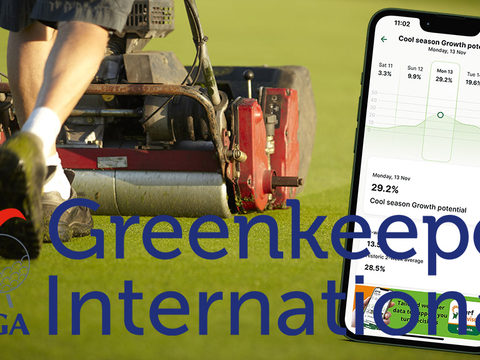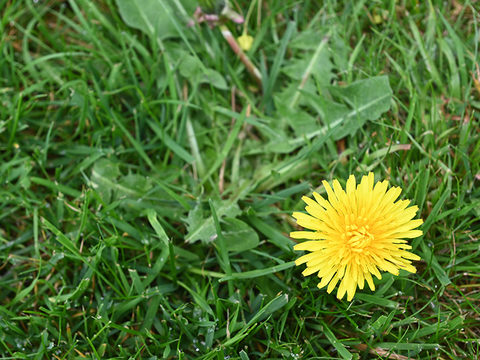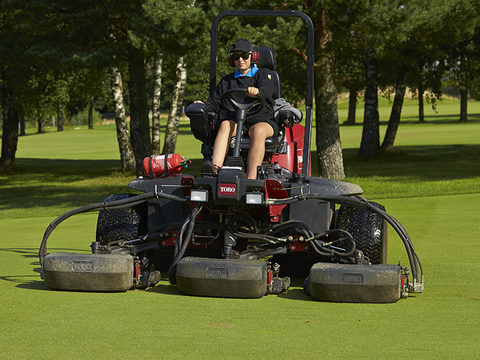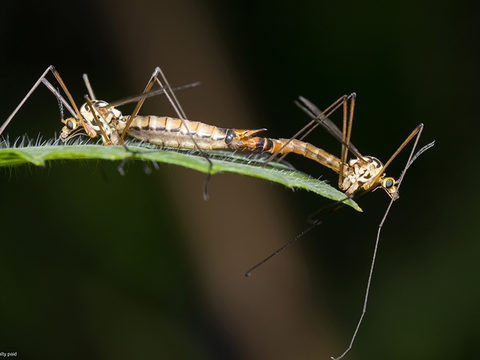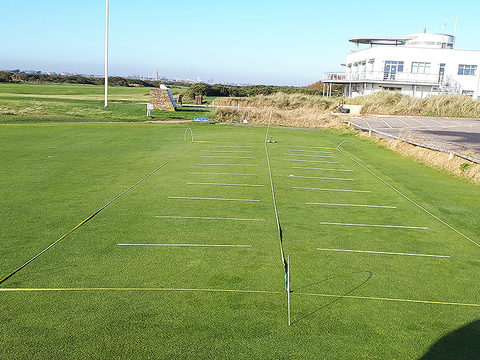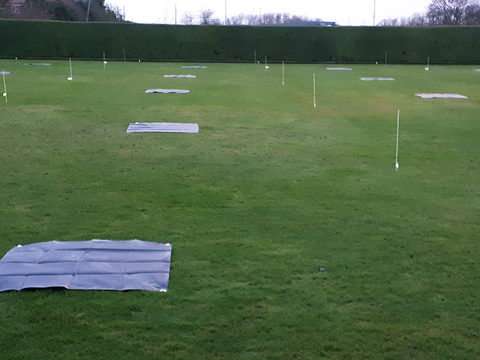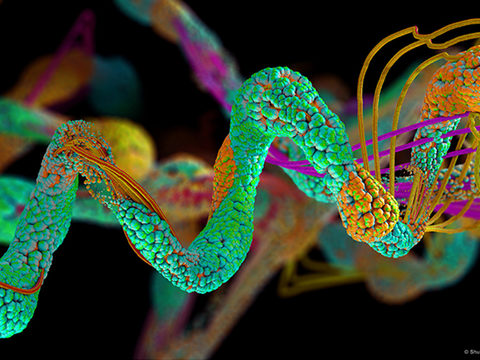Chafer challenge
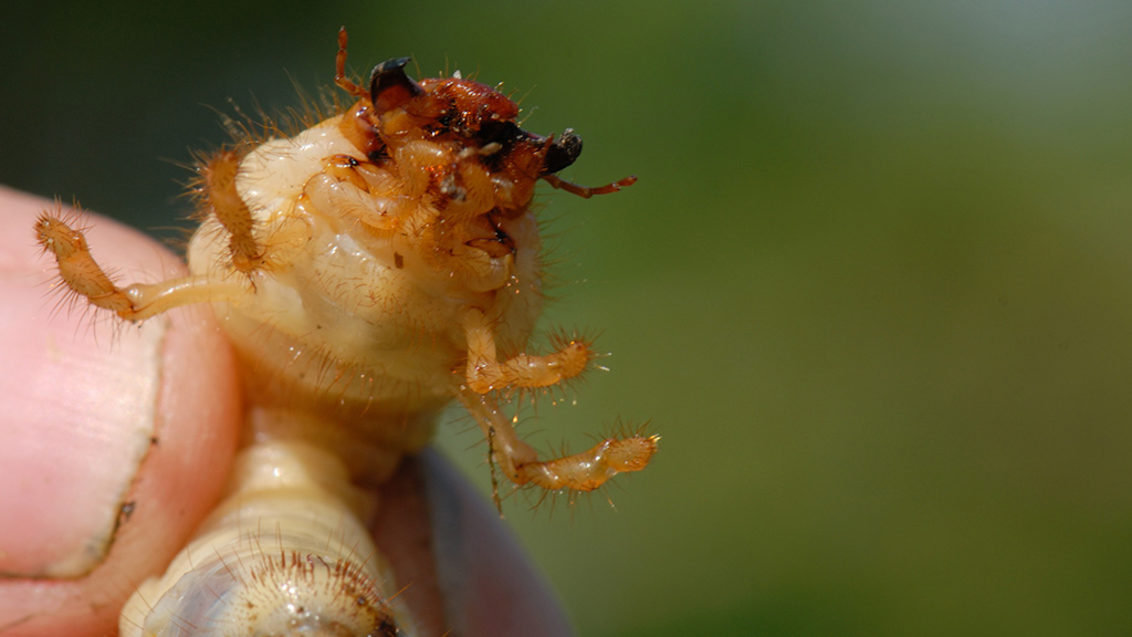
Half of greenkeepers and turf managers at BTME this year cited chafer grubs as a major soil pest challenge, reports Syngenta Technical Manager, Sean Loakes. Although low levels of chafer grubs typically cause less damage to golf surface quality, compared to similar populations of leatherjackets, where their numbers are high, often on fairways and semi-rough, the consequences can be catastrophic.
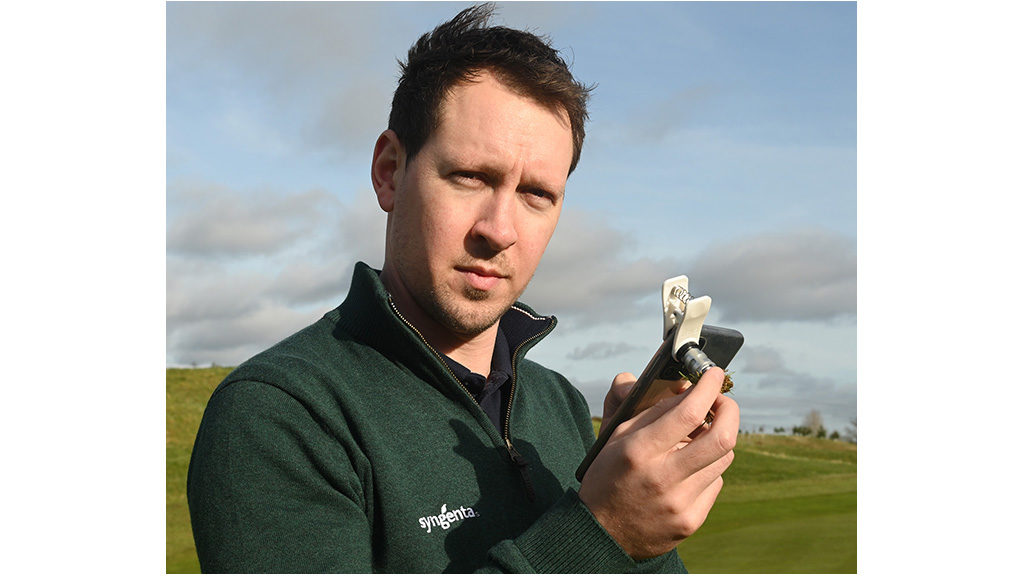
Chafer white grubs are voracious feeders of roots beneath the surface, which has an obvious effect on surface quality and turf heath, along with the ability of plants to utilise nutrients and water that can make it more susceptible to drought and other stresses.
At its extreme, the surface can be completely undermined of roots and the turf peeled back like a carpet.
Furthermore, fat and high protein chafer grubs are even more likely to be the preferred food source for badgers and other predators to root through the surface, resulting in extreme damage.
Chafer issues have been increasing in turf over recent seasons, primarily through limited background control in both turf and the wider agricultural environment with the loss of older broad spectrum insecticide chemistry. Furthermore, in some seasons, the greater extremes in weather conditions have proved favourable to longer periods of adult activity and egg laying.
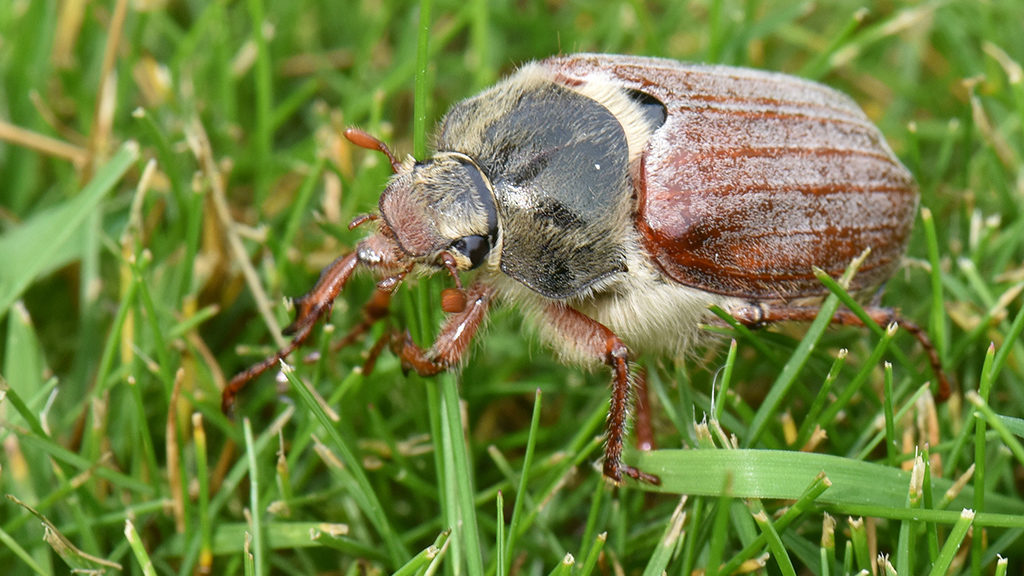
Creating an effective management strategy requires a good understanding of the target pest, and where in its life cycle can be best interrupted with chemical and cultural controls to prevent populations building to damaging levels.

Label restrictions on the overall area that can be treated with Acelepryn each year does inevitably mean treatment will have to be prioritised on parts of the course.
Adopting ITM strategies will ensure best results from any treatment, as well as enable more effective overall management of pest damage across all areas.
One of the challenges is that there are four different chafer species that have a significant impact in turf: the most common garden chafer, the Welsh chafer, the summer chafer and the largest, the cockchafer or Maybug. Each has a varying period of emergence and egg laying, that will dictate optimum timing of control treatments.
More importantly for achieving long-term control, each species has a different life cycle - with one, two or three years of grub larval activity in the soil.
Since Acelepryn control is primarily effective only on the early instar stages of the larvae, the garden chafer with it’s one year life cycle, for example, could be well targeted in a single season, however the larger second year larvae of the summer chafer would mostly survive the first application, and the even longer cycling cockchafer could take three seasons to complete the reduction in larvae populations.

Further subtle differences between the species, identified by Pest Tracker website recording, would typically see cockchafer adults active and laying eggs from late April to July; garden chafer adults active in late May or June and summer chafers between June and August. Although weather conditions and soil moisture could see larval activity and the dates of adult emergence varying quite widely.
That’s crucial, since research trials have shown Acelepryn is best applied at the time of peak adult flight and egg laying, in order for the product to be locked into the soil profile at the time of egg hatch and targeting larvae at the earliest stages.
The active, chlorantraniliprole, works by paralysing the chafer larvae’s central nervous system where, unable to feed, the immature larvae will die. Larger larvae, at the third or more instar stage, however, may be paralysed by the treatment, but can have sufficient fat reserves to survive and recover.
A new aspect of Syngenta Turf Science research under investigation is that while the larger larvae are weakened and slowed by the effects of the Acelepryn, they may be more susceptible to attack from beneficial NemaTrident nematodes applied in sequence with the treatment.
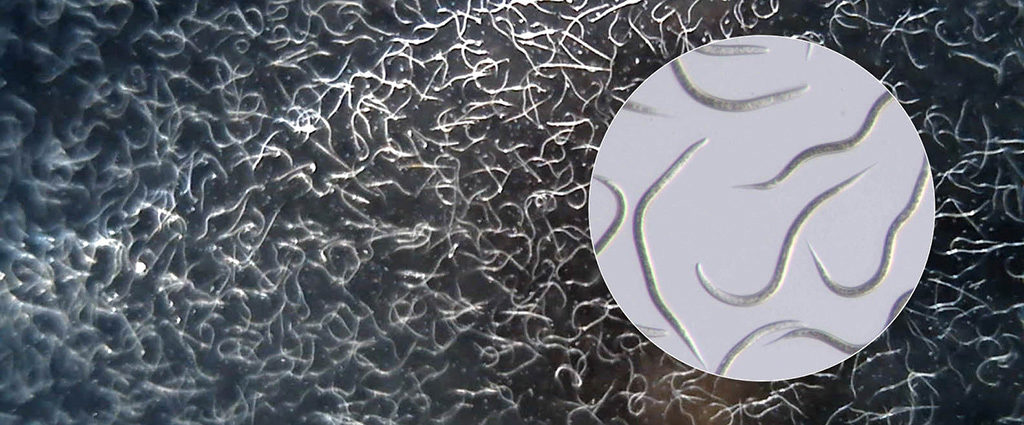
The work has proven to be effective in controlled laboratory conditions and indications that it would be applicable on the course. However, further trials and investigations are ongoing to refine techniques and recommendations.
What has been clear with the research is that the principal nematode species, Heterorhabditis bacteriophora, currently used to transmit a fatal bacterium to chafer larvae requires soil temperatures of at least 12⁰C for 3-6 hours a day to be sufficiently active and seek out its prey. That may influence application timing.
Furthermore, the research to identify how to optimise NemaTrident application and efficacy in the soil, has demonstrated the importance of soil moisture for nematode survival and activity. The availability and scheduling of irrigation for moisture management, as well as wetting agent programmes, will have implications for soil conditions.

Furthermore, always applying nematodes in combination with NemaSpreader helps generate a film of moisture around soil particles that has been shown to give a significant uplift in nematode activity and soil pest control.
Whatever control strategies are adopted, research has shown they will be most effective when used as part of an Integrated Turf Management programme, to alleviate turf plant stress and build up root recovery to compensate for chafer damage.
Fertiliser inputs need to provide sufficient nutrition to promote root growth and support carbohydrate creation that will be stored in root mass, without draining energy with vertical leaf growth.
Allied to that, Primo Maxx II is proven to promote essential root growth and aid recovery through enhanced carbohydrate storage in the roots. It also encourages retention of root mass through stressful drought conditions that will improve plants’ resilience to damage. Improving sward density with the PGR programme provides a better paying surface, but also the plant’s ability to withstand pressure from soil pest attacks.
Moisture management is also essential for root development. Holding moisture deeper in the soil profile with Qualibra wetting agent can encourage growth in the root zone, as well as better retain soil moisture where it can be more effectively utilised by damaged plants. Turf growing in hydrophobic dry patch conditions will be more susceptible to root loss from chafer feeding activity.
Together, the combination of cultural controls and chemical inputs offer the best opportunity to minimise chafer damage across the golf course.


